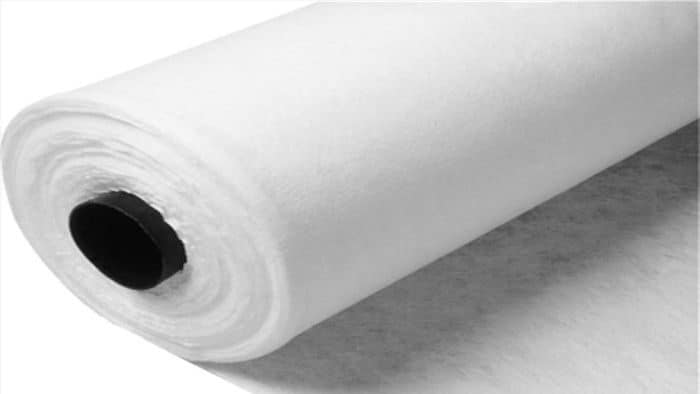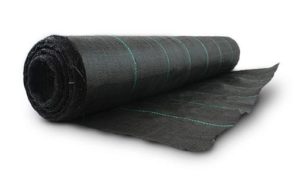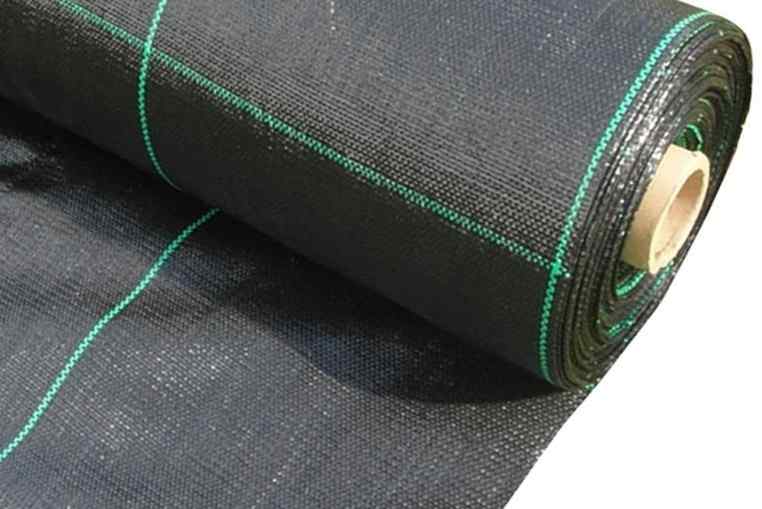Table of Contents

Anti-weed" geotextile mesh
for the installation of artificial grass
We updated this post about the Anti-weed Geotextile Mesh to confirm some myths and realities about this optional accessory in the installation of artificial grass.
If you read this article, you're probably considering putting artificial turf for your garden.
Read on if you are in the process of contacting companies like ALLGrass that specialize in artificial turf.
It will also be useful if you are going to visit a large DIY store with the idea of putting it up yourself.

Where do the weeds come from?
- They can come from the wind
- From bird or other animal droppings
- From the mulch on the lawn they brought in for the neighbor.
- In the aggregates coming into the garden.
- The heather we installed or our neighbors'.
- Pests? etc.

Discover our range of Geotextiles and the best offers in the online shop.
Protection of the artificial grass in contact with the surface.
- In the manufacture of synthetic turf, the support base where the fibers are anchored is reinforced with latex or polyurethane.
- This support, protects the carpet from the floor on which it will be placed and from climatic factors. This system has been proven for over 40 years in both sports and residential use.
- Most manufacturers of artificial turf worldwide do not refer to the additional use of this type of geotextile fabric in the installation instructions.
- In an average warranty of 8 years, this system of anchoring the fibers (latex or polyurethane), these properties are covered especially, indicating that the fibers will not be detached or discolored during this period.
Types of Weed Control Geotextile Mesh
Geotextiles are divided into woven and non-woven meshes.
In this way, the anti-herb geotextile mesh is made up of interwoven threads that cross each other at 90-degree angles, resulting in a raffia-type fabric.
On the other hand, the non-woven weed control fabric is the result of a process usually involving pressure and steam that generates a continuous textile sheet.
There are different densities in both types of meshes that determine the density of each one.
These densities are measured in weight per square meter (mt2).
Usually the higher the density and weight, the better the level of protection.
However, meshes with high density levels tend to have slower drainage. If high density geotextile meshes are to be used, it is advisable to provide the terrain with slopes.
In general, in the installation of artificial grass, geotextile meshes of 100gms/m2 to 120gms/m2 are used.
How to cut the anti-herb geotextile mesh ?
The easiest way to cut this type of mesh is simply by using a sharp pair of scissors.
Cutters can also be used, although it should be done on the part of the mesh that is most taut, usually just at the beginning of the coil.
How to fix the geotextile mesh to the ground ?
To fix the geotextile mesh to the ground, the same galvanized staples can be used as for the grass.
Nails or large-headed spikes can also be used for better support.
It is recommended that a staple attaches two strips of mesh at a time, that is, the strips should overlap each other by about 5cms.
For more information: www.allgrass.es


3 comments
Very interesting article where results, experiences and truths in the use of products for a garden or park with artificial brush are explained.
I've already installed the lawn and it's been laid with the geotextile mesh. In spite of that my lawn, in a few months is completely full of weeds. What do you recommend to remove them? It's horrible!
Thanks to your experiences, this is another proof that there are no guarantees against weeds with the use of geotextile. Surely your garden is exposed to various agents that multiply the germination of weeds. Usually they come out but in specific areas of the garden and in small quantities. As we mentioned in the article, we recommend applying herbicides in spring and autumn to the artificial grass to eliminate the sprouts.